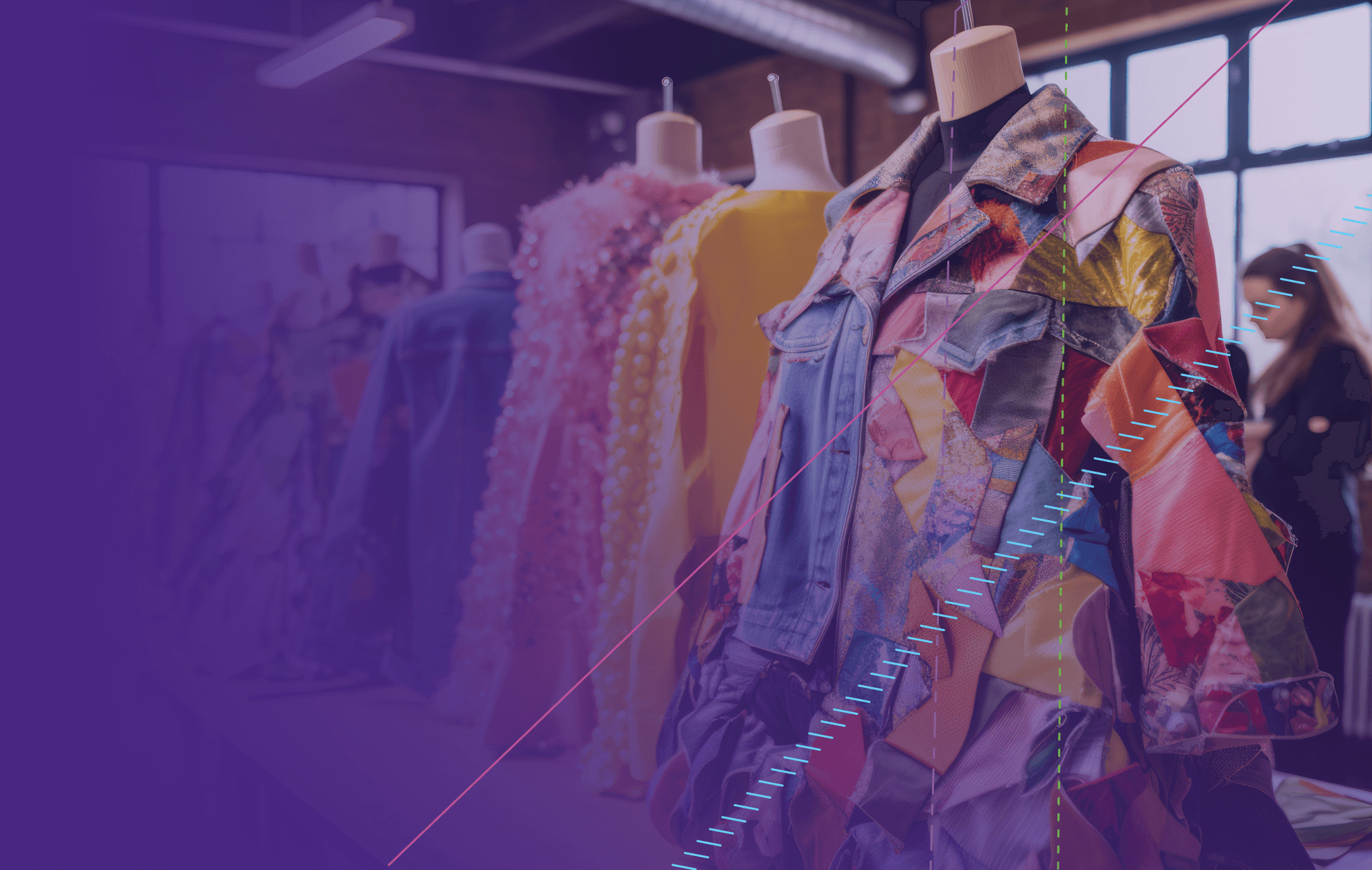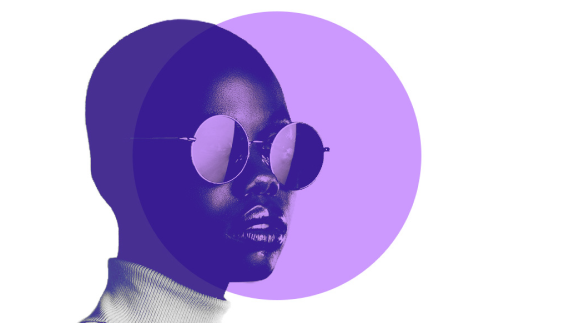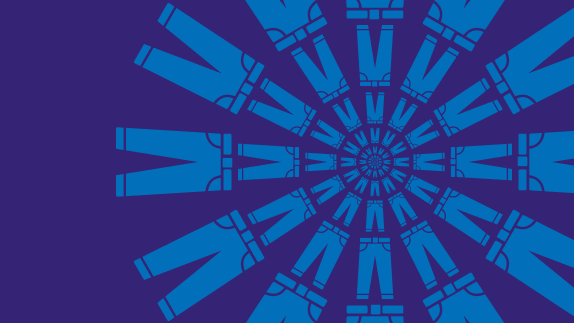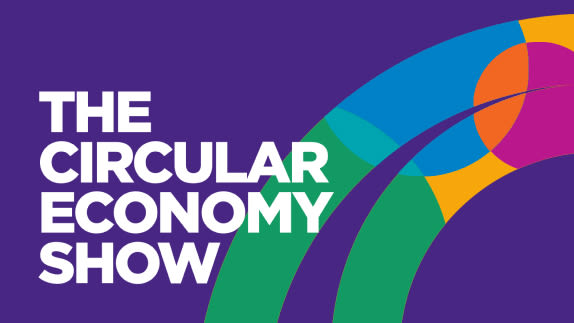Increasing production is not the only way to increase revenue. To create a circular economy for fashion, we need to decouple revenue from virgin production and resource use. Scaling circular business models, such as resale, rental, repair and remaking, is one way in which this could be achieved.

The Fashion ReModel is the first time companies have joined a project with a shared focus on what it will take to begin to decouple revenue from resource extraction and implement circular business models at scale.
The project works with leading brands from high-end to high-street to demonstrate that circular business models can scale by getting to the core of their businesses — revenue.
By focusing on revenue, the project is tackling the heart of the challenge in shifting towards a circular economycircular economyA systems solution framework that tackles global challenges like climate change, biodiversity loss, waste, and pollution. It is based on three principles, driven by design: eliminate waste and pollution, circulate products and materials (at their highest value), and regenerate nature. — the economics and how to make the business case.
Success will depend on demonstrating commercial viability with the core group of participants, inspiring wider adoption, and working with ambitious policy action.
The project was shaped in consultation with more than 150 organisations across the industry, including brands, retailers, NGOs, academics and innovators, this project convenes industry leaders, policymakers, and innovators to address the systemic barriers identified by industry itself.

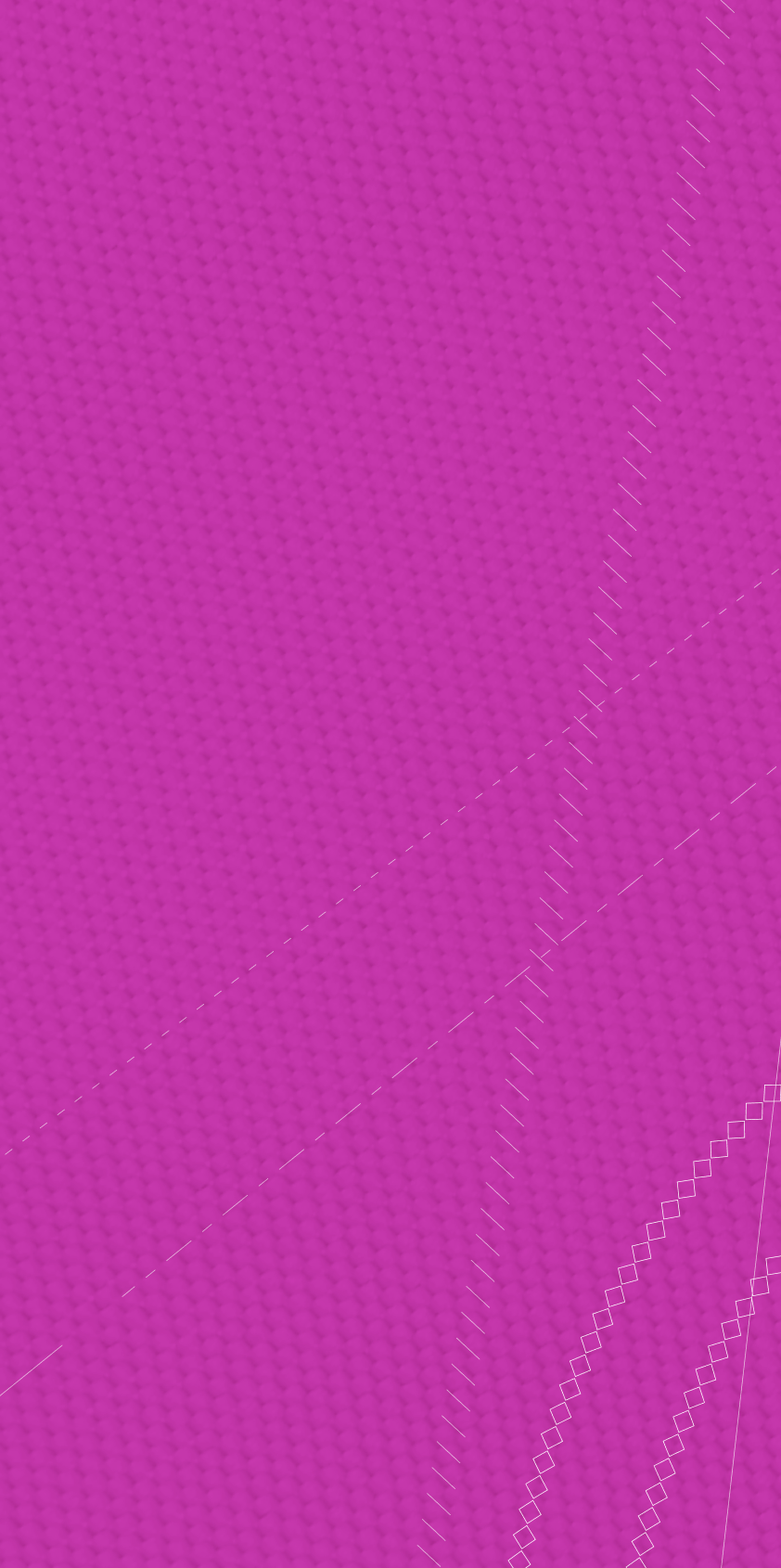
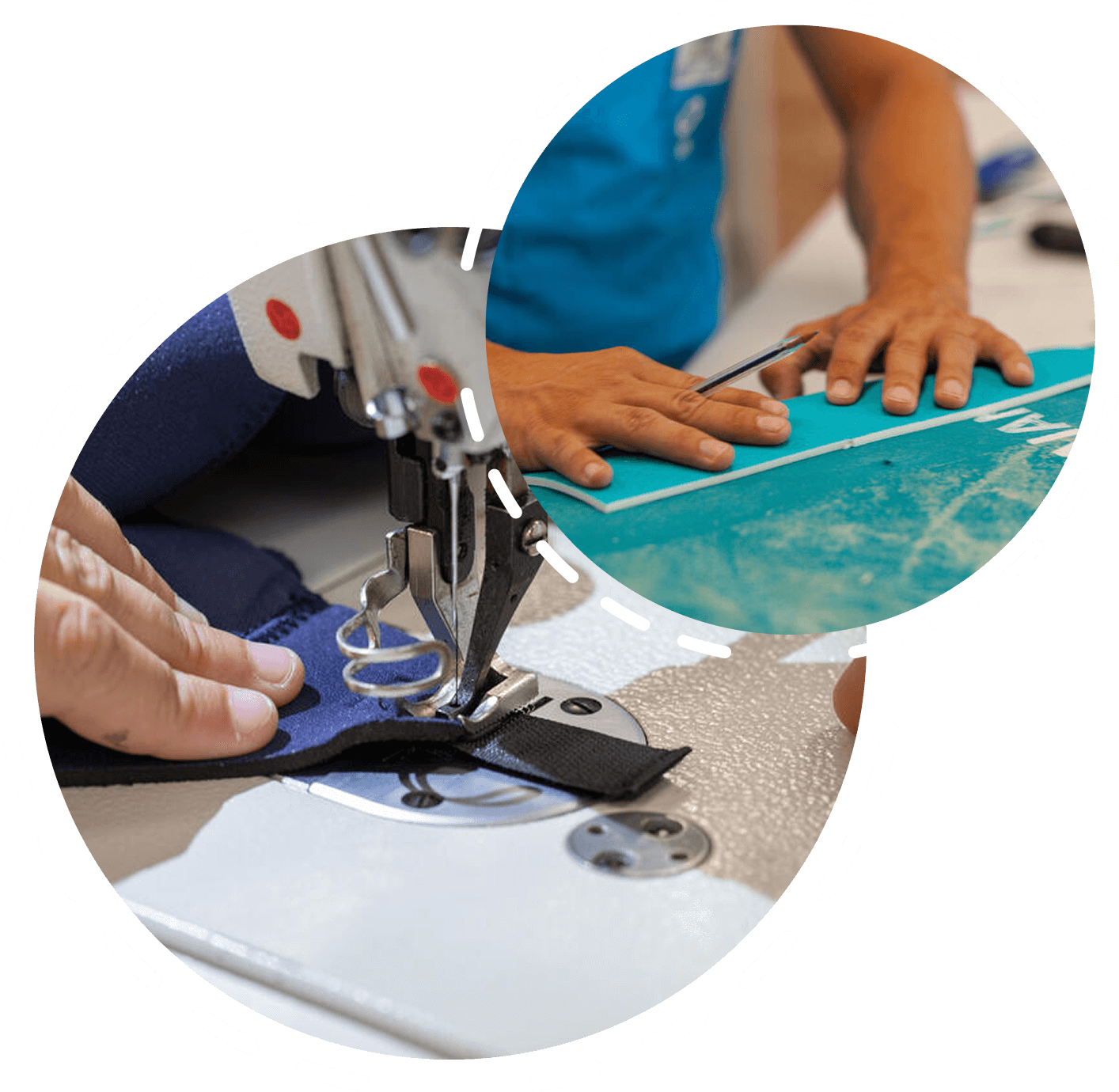
Setting ambition
To sign-up, participating brands and retailers set a confidential ambition to increase the percentage of their revenue derived from circular business models over three years. Their progress is then reported confidentially to the Ellen MacArthur Foundation on an annual basis.
Why set an ambition? Any business can set an internal, or public, ambition on a percentage of revenue from circular business models. Revenue-based ambitions accelerate circular economy progress, as highlighted by the coalition of Global Fashion Agenda, Circle Economy and PACE, and additionally as part of WRAP UK Textiles Pact Roadmap.
Beyond tracking progress
The project will generate insights and evidence on financial viability, environmental impact and policy needs to build a compelling case for circular business models. Spotlighting leading solutions and highlighting system change intervention points, and ultimately creating a roadmap for the fashion industry.
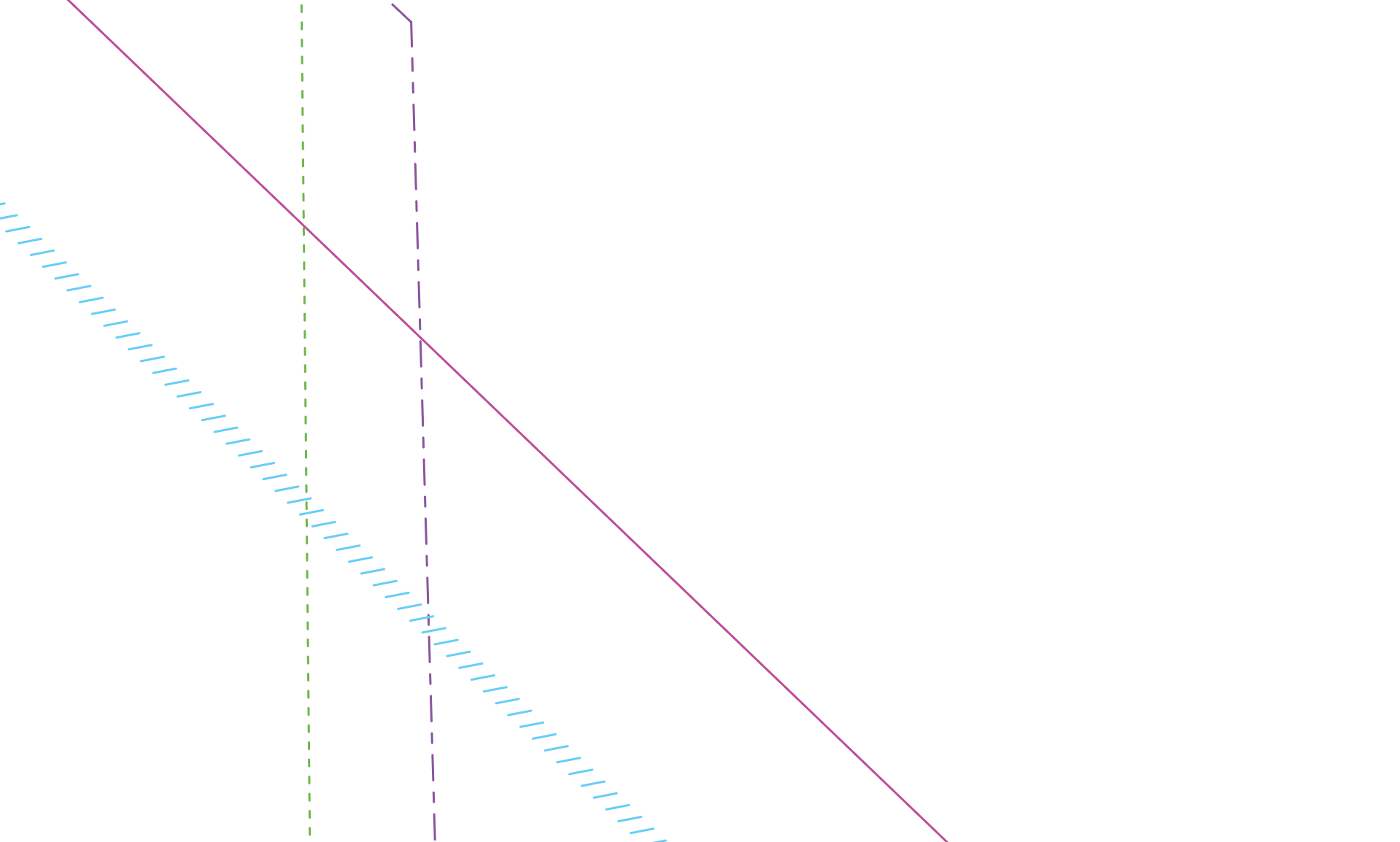
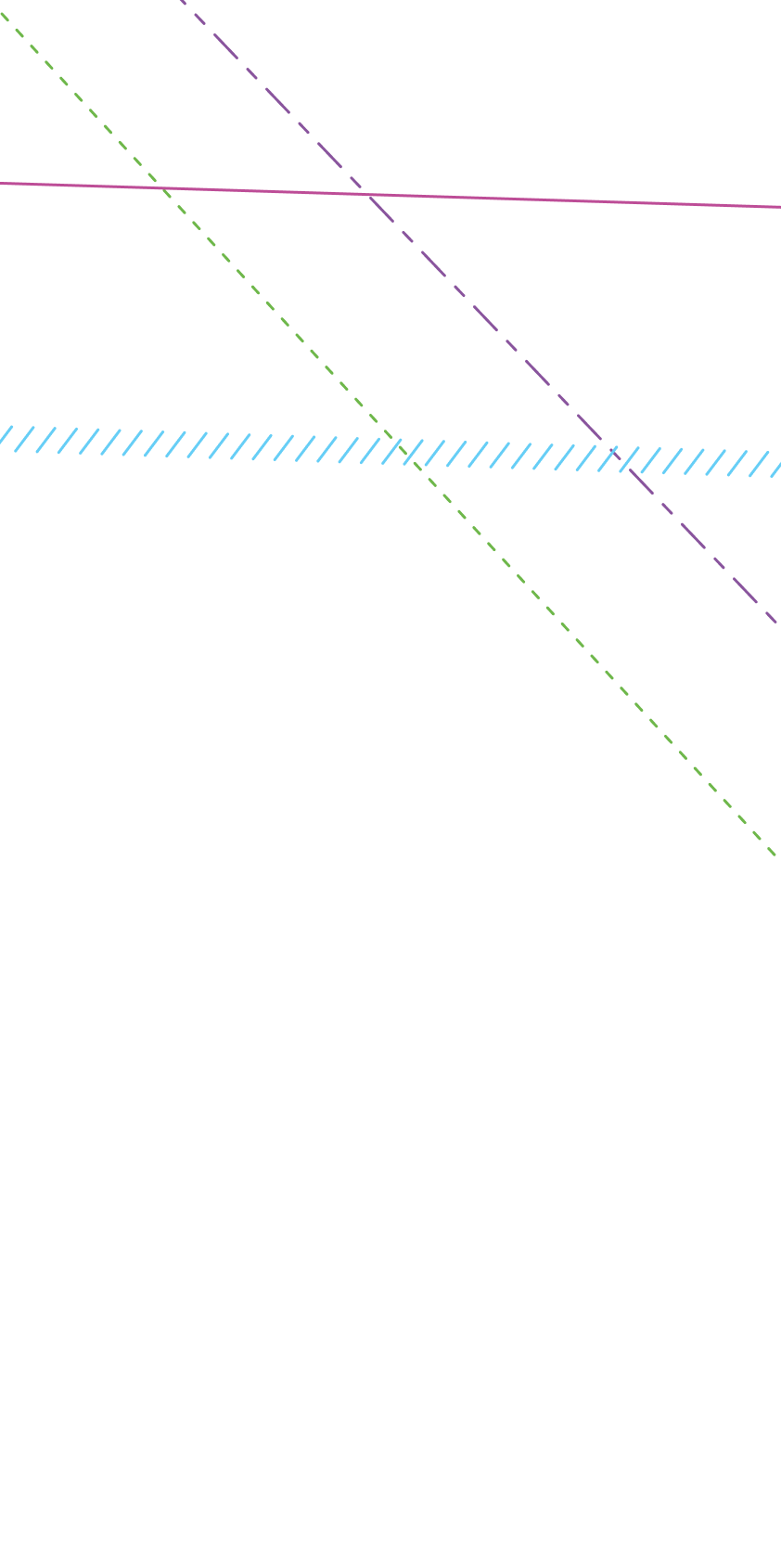
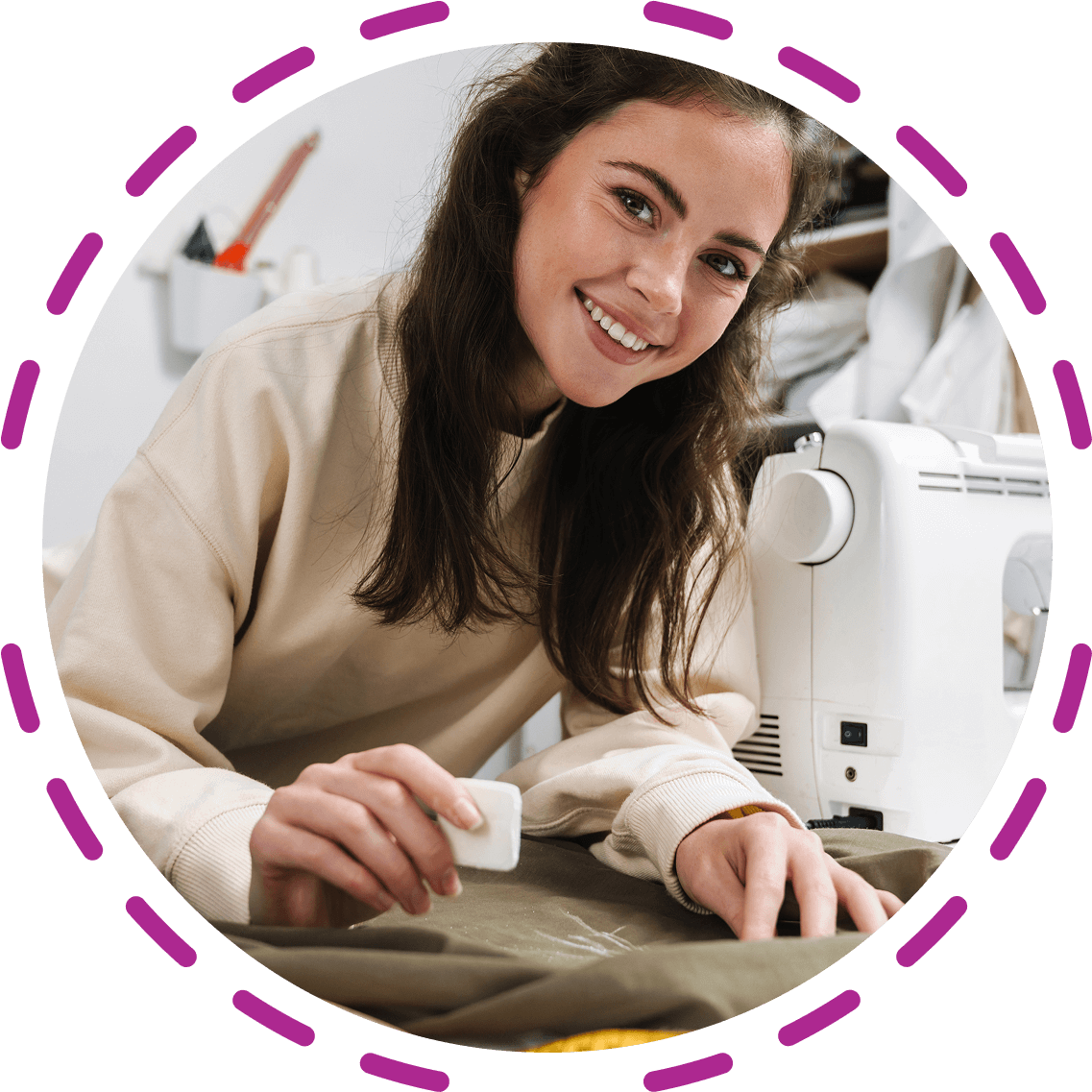
Sign up for insights
Come on the journey with us and learn more about what’s needed for circular business models to scale.


The time is now to accelerate the necessary systemic actions that will enable a circular economy. Let's make circular business models the norm: essential, accessible, and enjoyable.
